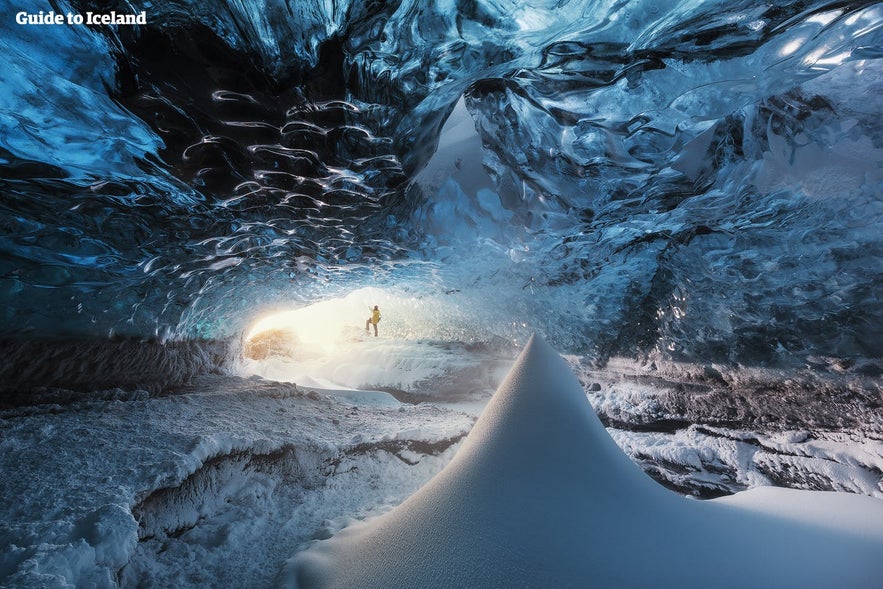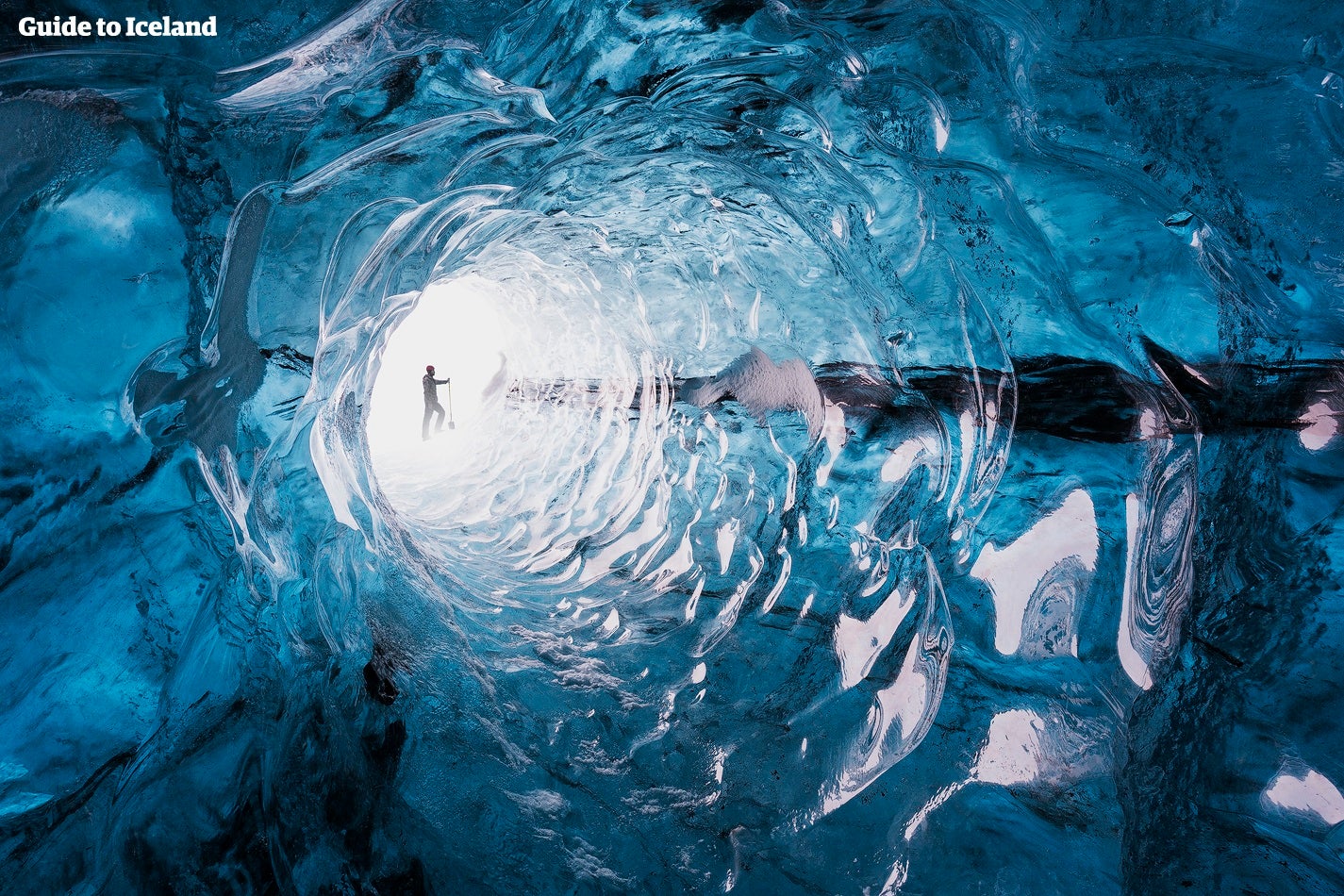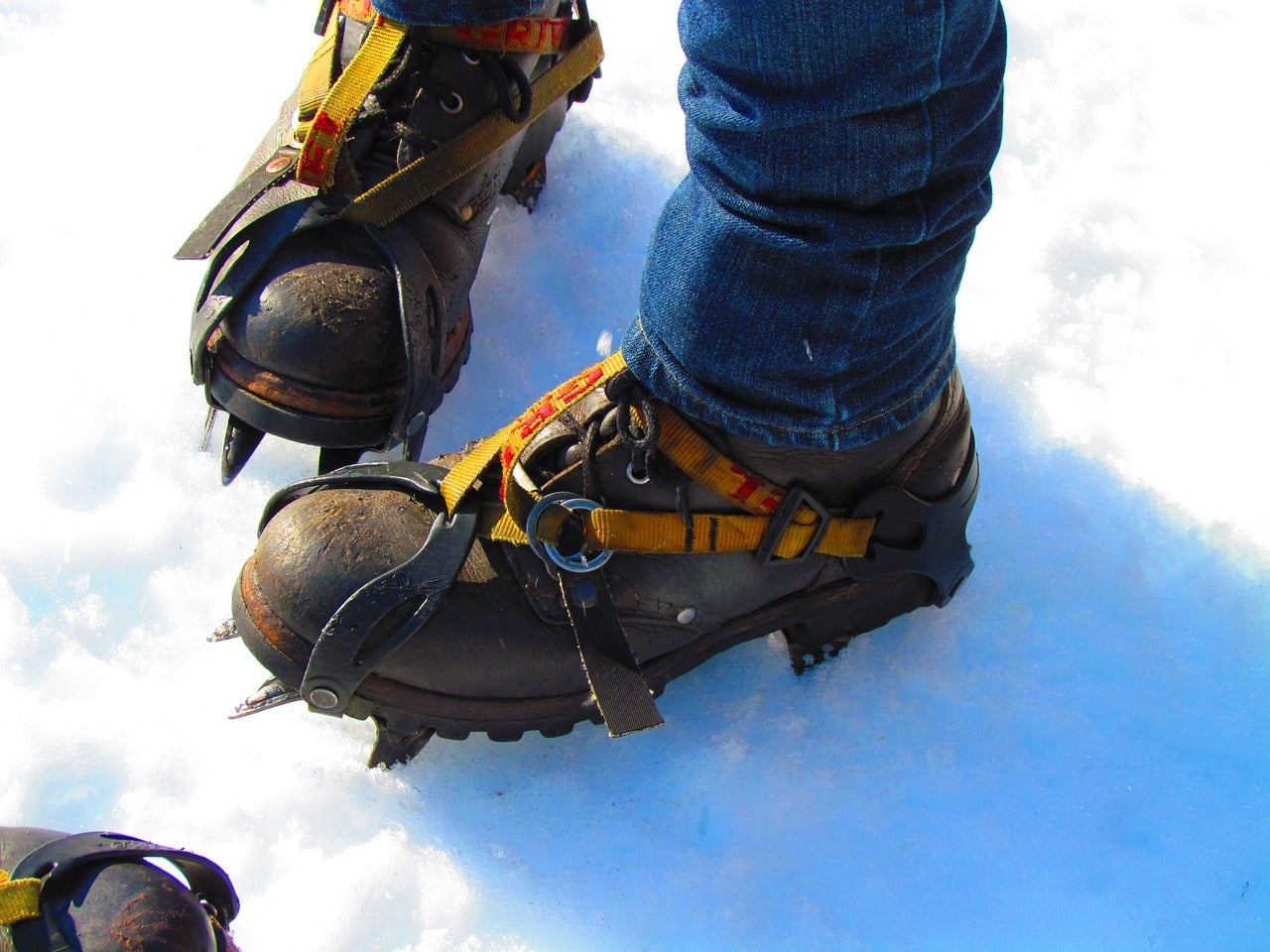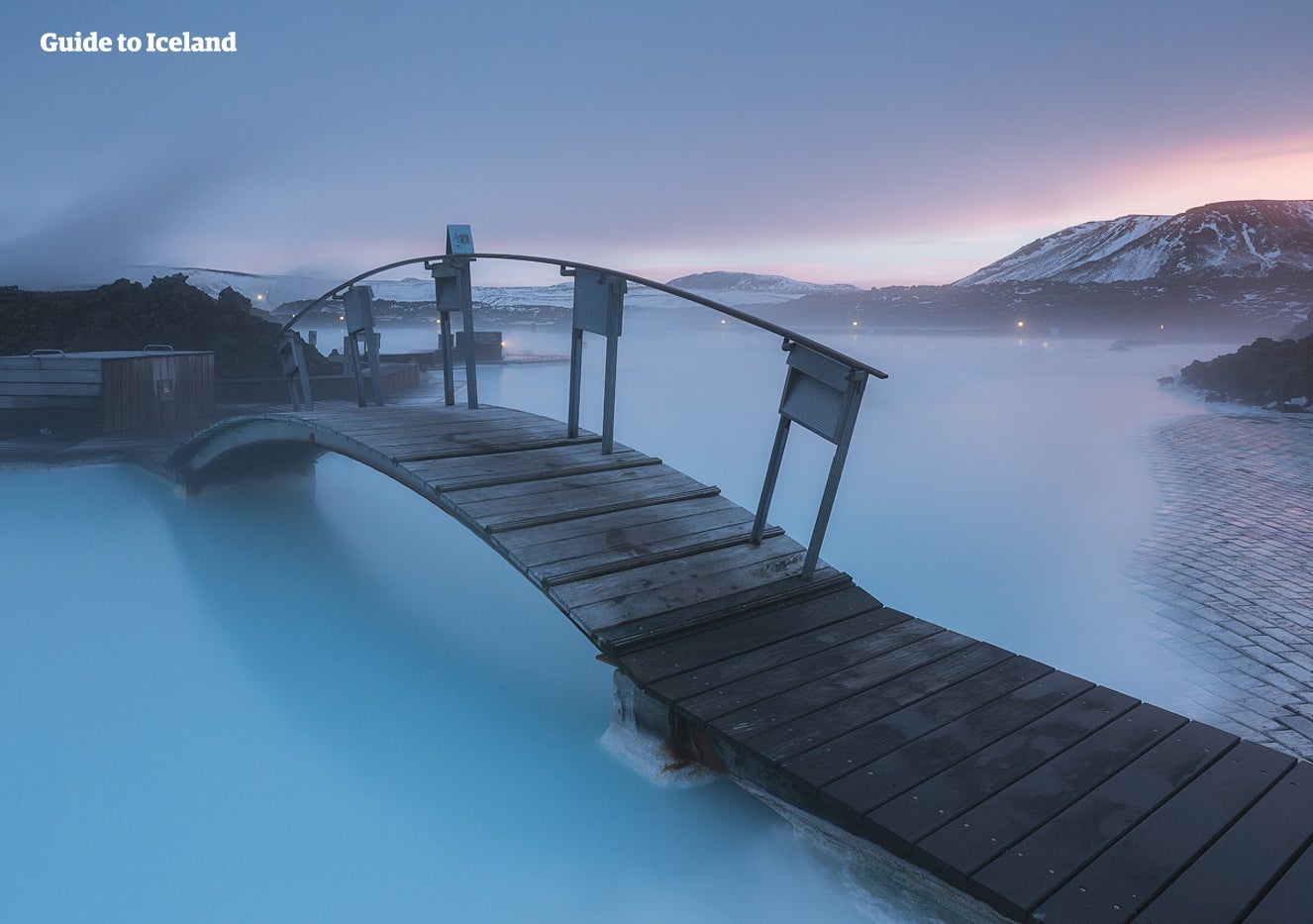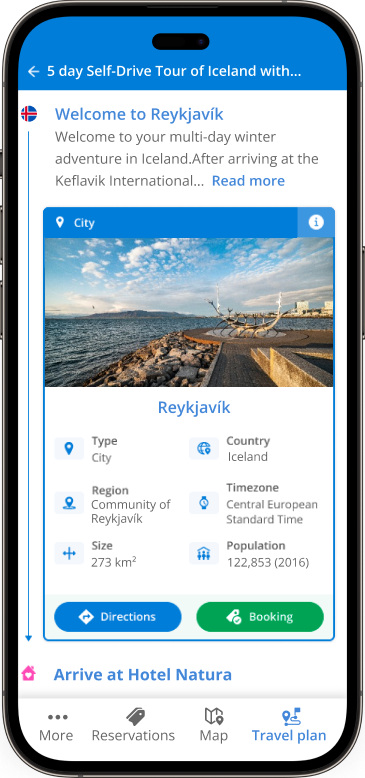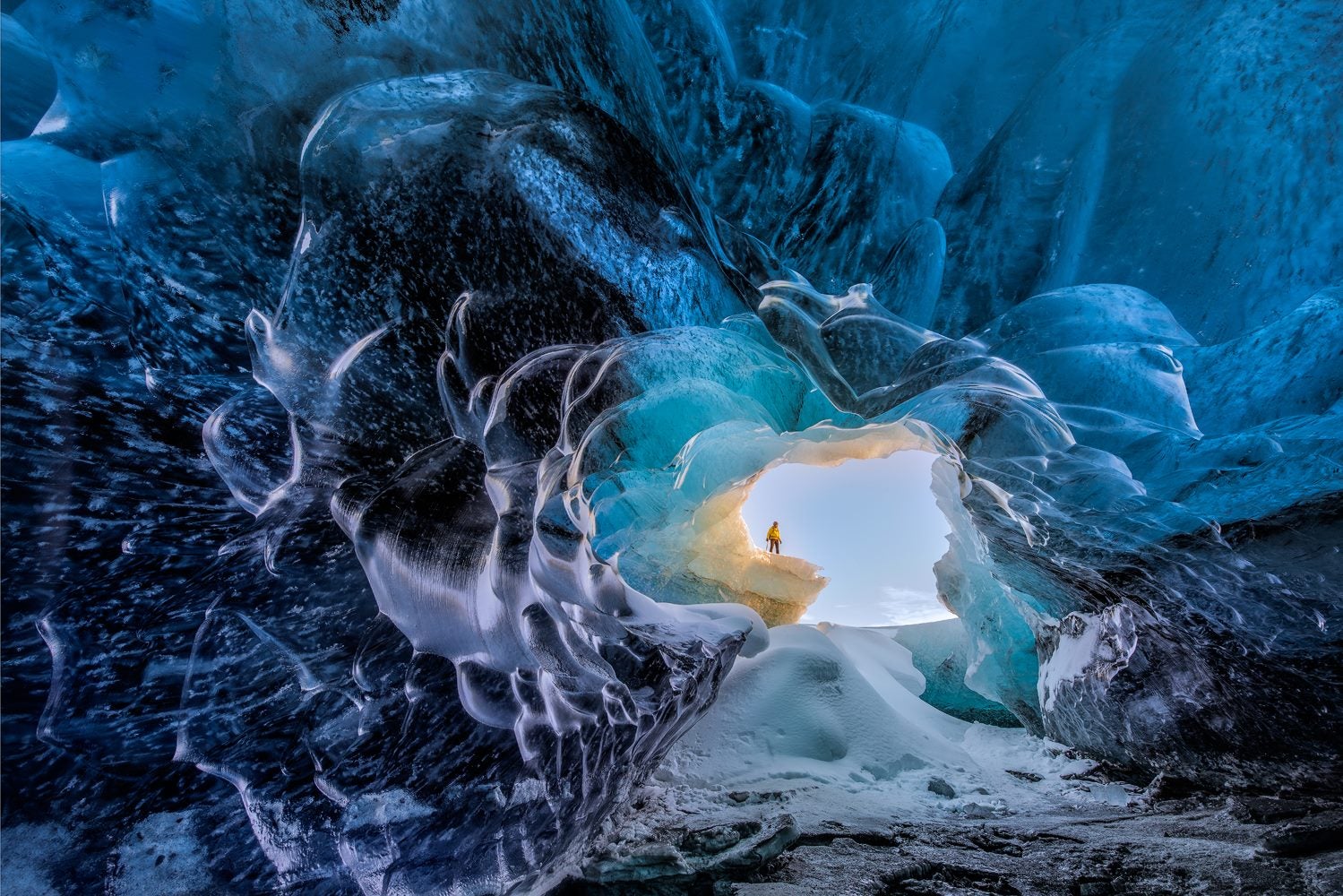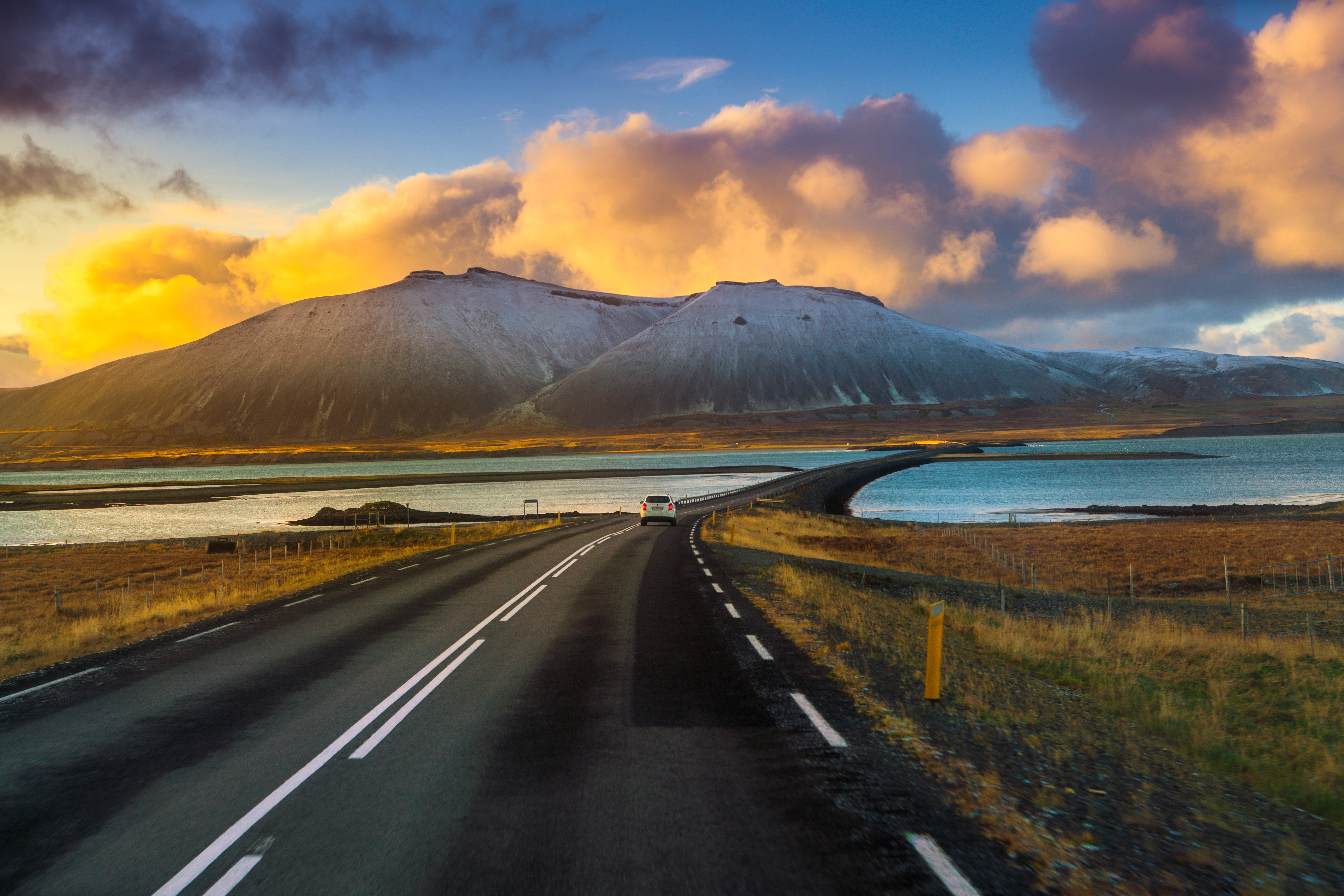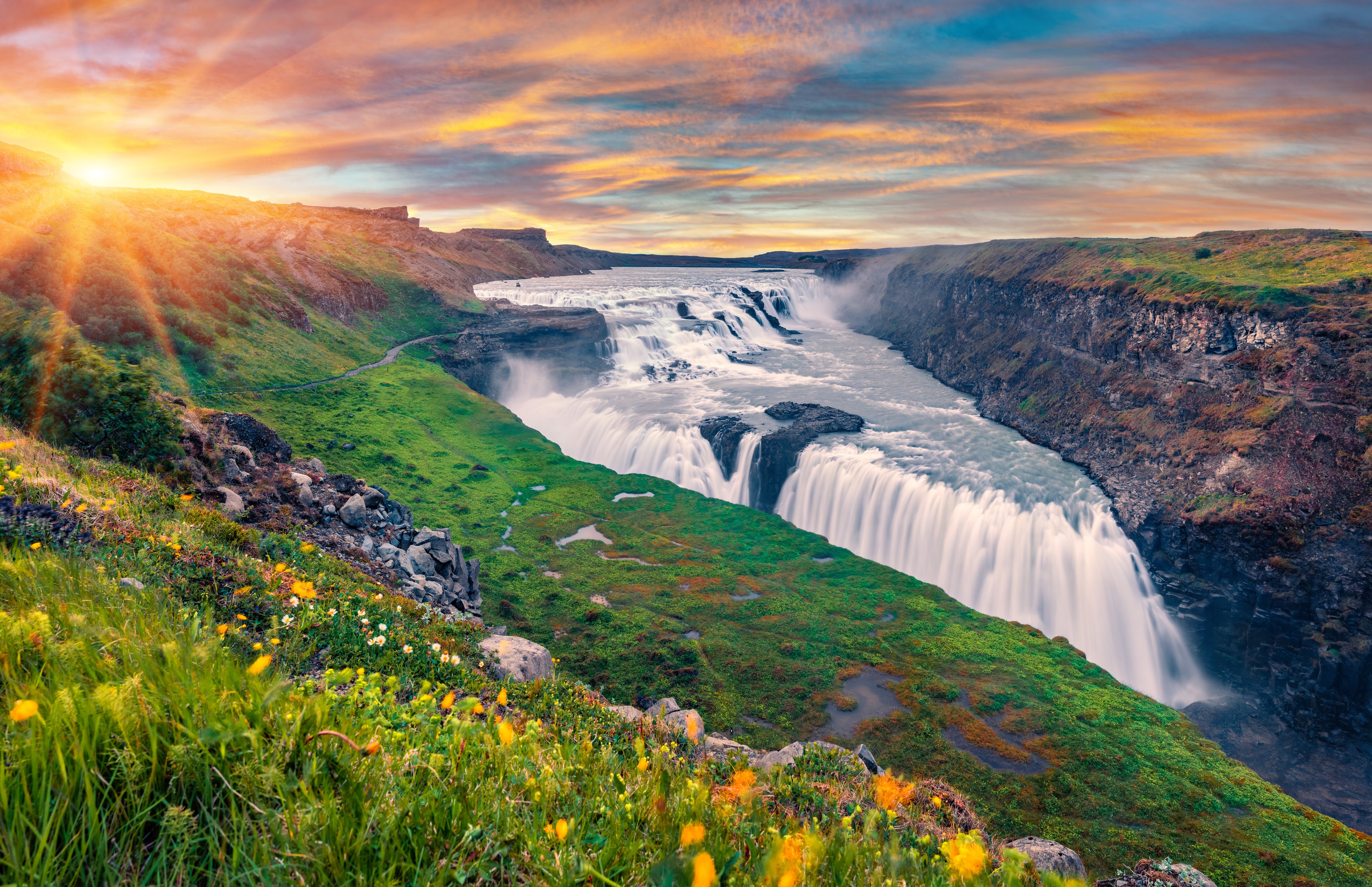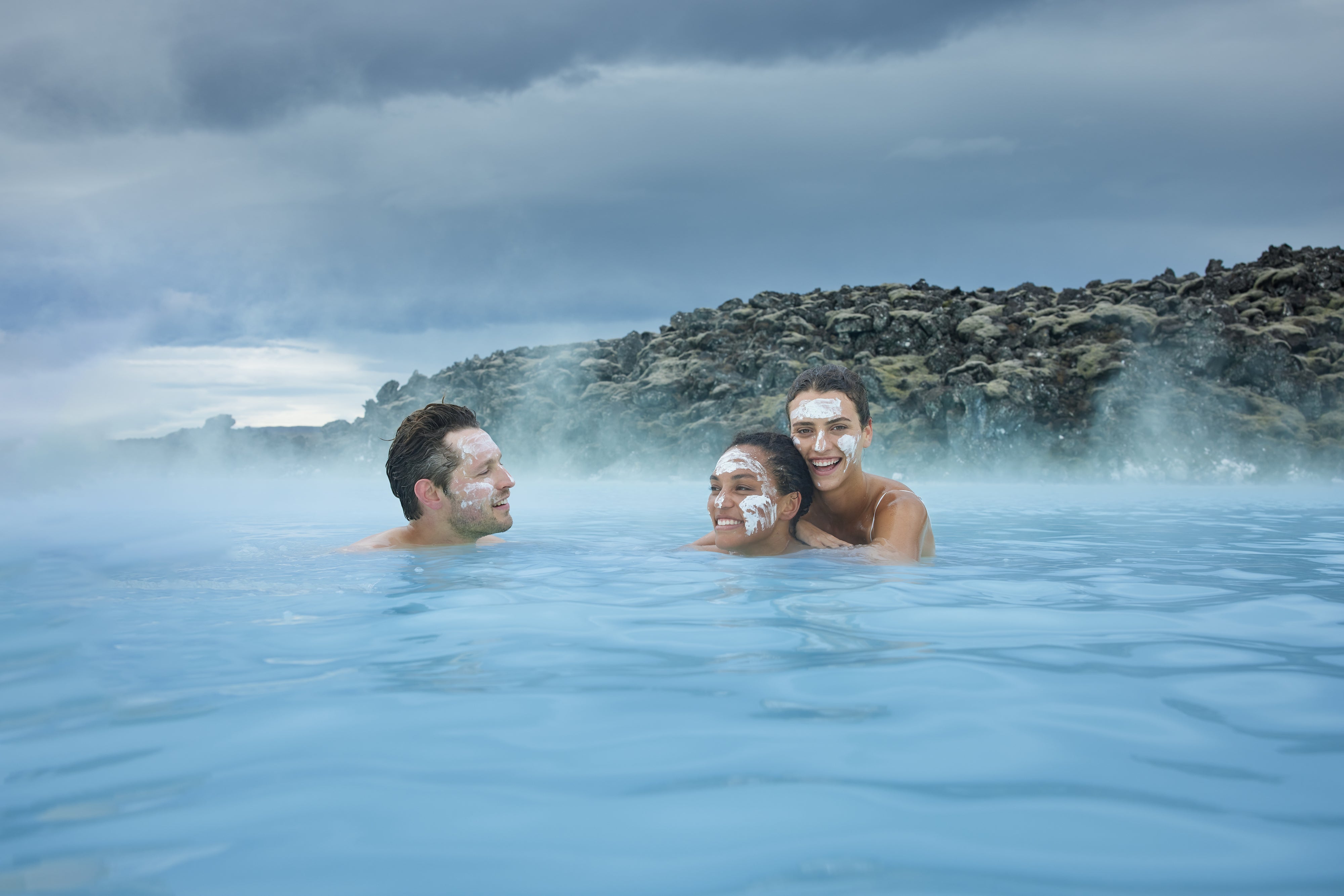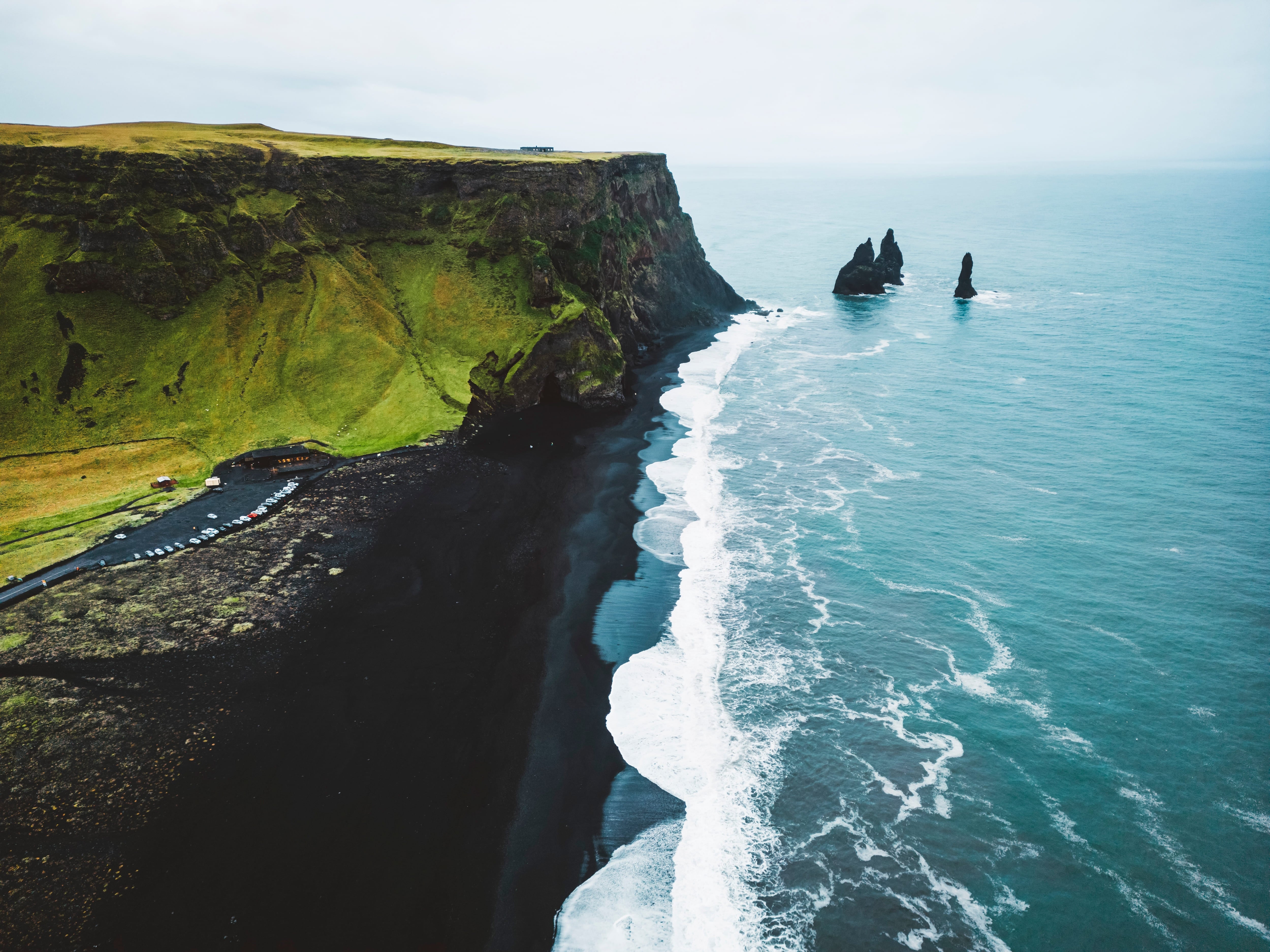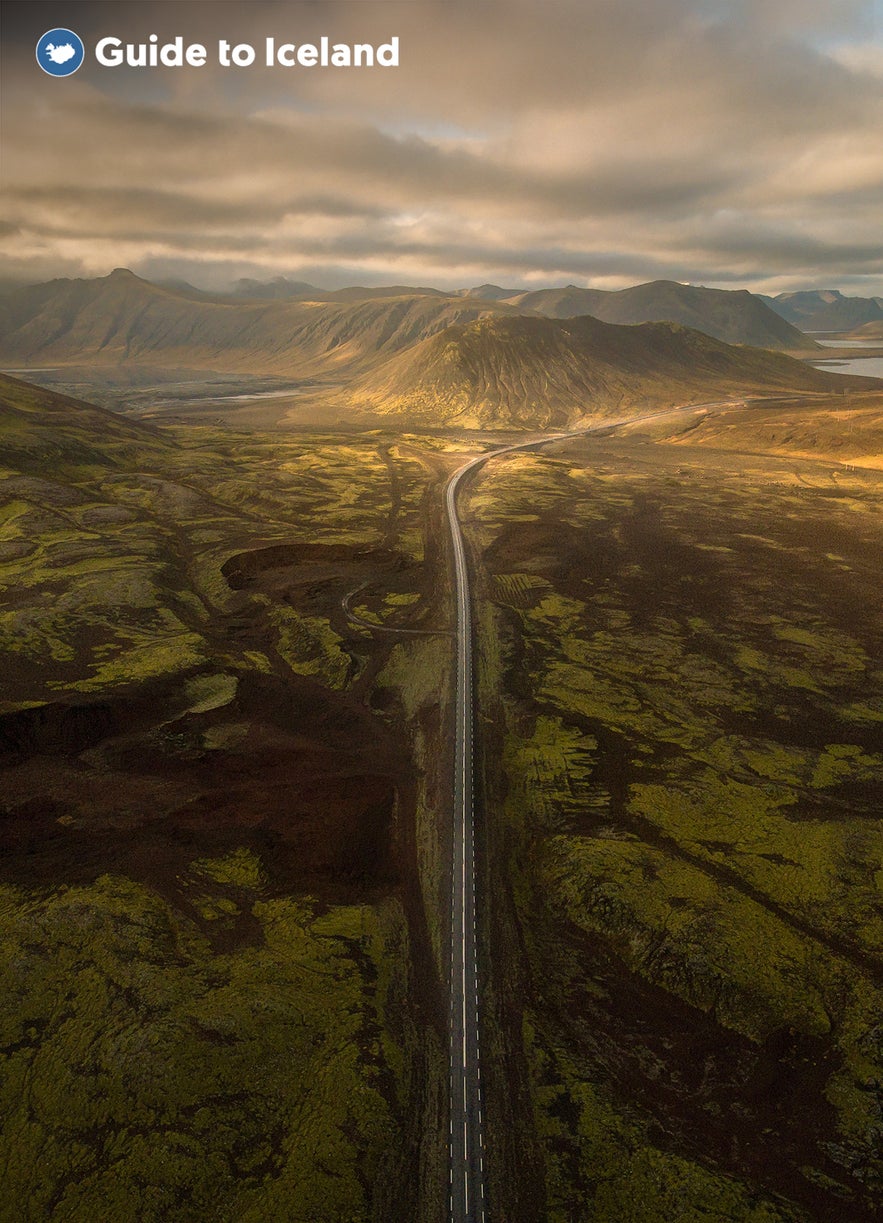
Do you want to self-drive around Iceland on your holiday? Do you need some tips on how to customise your self-drive tour or rent a car? Read on to discover how to make the most of self-driving in Iceland.
Why You Can Trust Our Content
Guide to Iceland is the most trusted travel platform in Iceland, helping millions of visitors each year. All our content is written and reviewed by local experts who are deeply familiar with Iceland. You can count on us for accurate, up-to-date, and trustworthy travel advice.
- Find out more about the Weather in Iceland & the Best Time to Visit
- Read this guide about Travel Etiquette in Iceland
- Drive the Ring Road Around Iceland
Drive Yourself
Discover Iceland beyond Reykjavik by renting a car and driving yourself around the highway called Route 1. Route 1, or the Ring Road, encircles the country and leads you to many of Iceland’s best natural attractions. The Ring Road is fully paved and mostly two lanes, but you’ll still encounter blind rises and some single-lane bridges in rural areas, so drive cautiously and yield as needed.
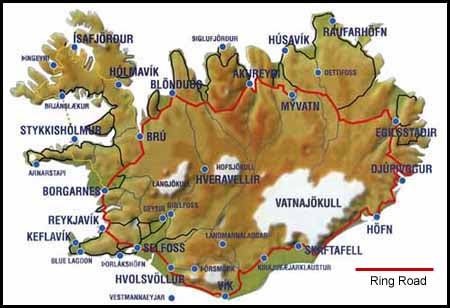
Bring a paper map or download offline maps, as mobile coverage can be spotty in remote areas. Check road conditions daily on road.is and weather on vedur.is before setting off, and review our essential tips for driving safely in Iceland.
Electric road trips work well here, too. Public fast-chargers and Superchargers circle the Ring Road and are expanding steadily; plan your charging stops ahead of time, especially in the Westfjords and Highlands approach roads.
Rent a 4x4 or All-Terrain Vehicle
If you wish to enter the Highlands, you must drive a suitable 4x4. Only 4x4 vehicles are permitted on F-roads, and many routes include unbridged river crossings. Off-road driving is illegal everywhere in Iceland, so stick to marked roads and tracks.
All of Route 1 is paved, but some popular “shortcuts,” such as Oxi (Road 939) in the east, are steep gravel mountain roads that can be rough or closed in bad conditions. If visibility or weather is poor, stay on the Ring Road rather than detouring.
Winter brings snow, ice, and strong winds. Headlights are required at all times, year-round. Observe speed limits: 90 km/h on paved rural roads, 80 km/h on gravel, and 50 km/h in towns, unless signs indicate otherwise. From 1 November to 15 April, studded tyres are allowed (not mandatory); outside those dates they’re generally prohibited unless conditions require them. Rental cars are equipped appropriately for the season, but always drive to conditions.
Consider adding gravel protection and sand/ash protection to your rental insurance. Gravel can chip windscreens and paint, and wind-blown sand or ash, especially along parts of the South Coast, can damage bodywork in minutes. River crossings, undercarriage damage, and wind-caught doors are commonly excluded from basic cover; check your policy before you go.
Get Off the Ring Road
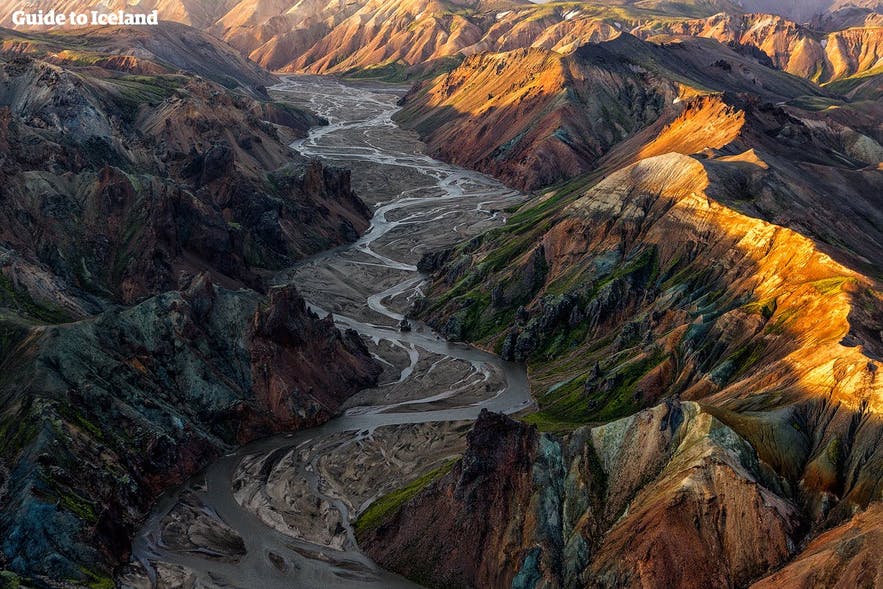
I know it’s clichéd, but it pays to get off the beaten track. Many travellers circle Route 1 without turning off it, and some of the best hidden gems sit just a few kilometres away.
In the north, take the 25 km detour to Saudarkrokur, a characterful seaside town in the Skagafjordur region, famed for horses and a beloved local bakery. It’s also the gateway to Grettislaug Pool and Drangey Island, the dramatic setting of Grettis saga.
Near Lake Myvatn, detour to Husavik, Iceland’s whale-watching capital. Another 45 minutes beyond lies Asbyrgi Canyon, a serene, forested horseshoe said in folklore to be the hoofprint of Sleipnir, Óðinn’s eight-legged steed.
Have a Flexible Schedule
Give yourself at least one week (ideally two) for a full Ring Road adventure. Keep plans flexible so you can linger where you love and pause for weather. Sections of the Ring Road can close temporarily in storms or due to flooding. Check road.is and vedur.is daily, and consider sharing your travel plan with ICE-SAR via the SafeTravel/112 apps. In winter, most Highland F-roads are closed; openings typically fall between mid-June and early July, with closures in late September or October, depending on conditions.
For accommodation, mix hotels, guesthouses, and designated campsites (summer is the main camping season). Overnighting in vehicles is only legal at organised campsites unless you have explicit permission from the landowner. A cosy alternative year-round is renting Icelandic summer cabins, browse options on bungalo.com.
Know About Tunnels and Tolls
Iceland has many tunnels. One, the Vadlaheidargong near Akureyri on the Ring Road, uses electronic tolling. Pay online or via app within 24 hours of your drive (you can also prepay). If you prefer to avoid the toll, the old Vikurskard pass is free but can be closed in winter. Obey posted speeds in tunnels and keep headlights on.
Discover the Westfjords
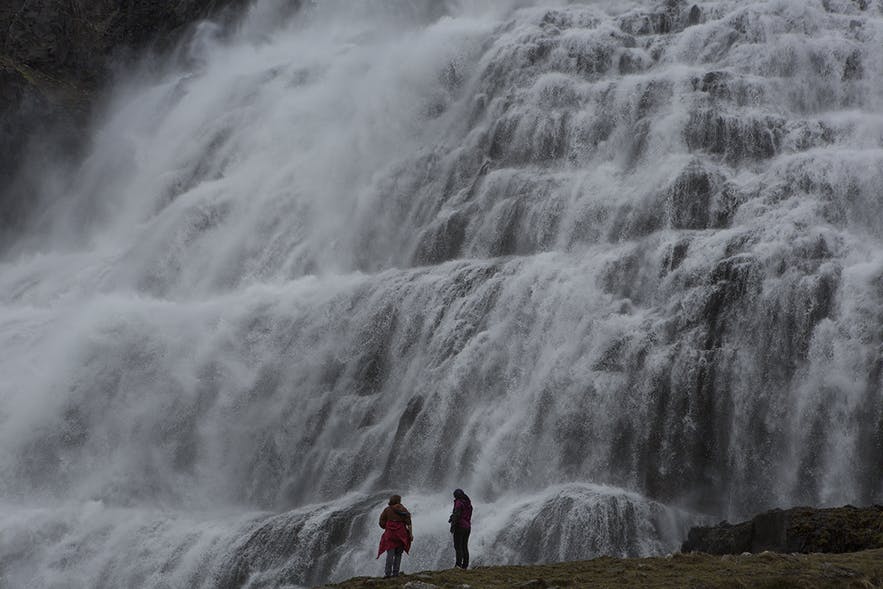
If you have extra time, venture along the zigzagging roads of the Westfjords. Drive in and out of one fjord after another, stopping in tiny harbours where fish dry by the roadside. Thanks to the Dyrafjardargong tunnel on Route 60, access between the northern and southern Westfjords is now more reliable year-round, but you’ll still find long stretches of gravel, so slow down and enjoy the scenery.
With luck, you might glimpse an Arctic fox, especially if you hike the remote Hornstrandir reserve. Reach it by boat from Isafjordur, and don’t miss Dynjandi Waterfall and the Latrabjarg Seabird Cliffs.
If you need help booking a self-drive car or planning your self-drive tour, don’t hesitate to contact us!
Here is a list of all the main attractions around Iceland that are easily accessible from the Ring Road.

